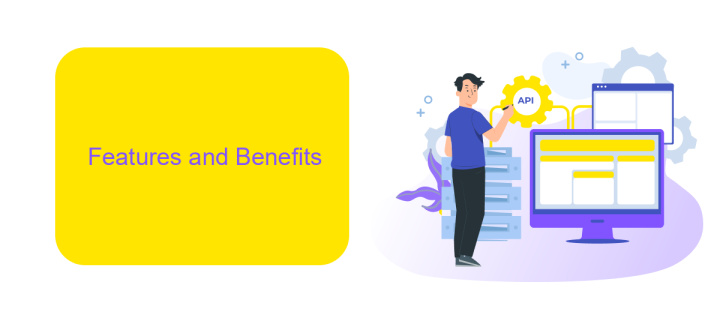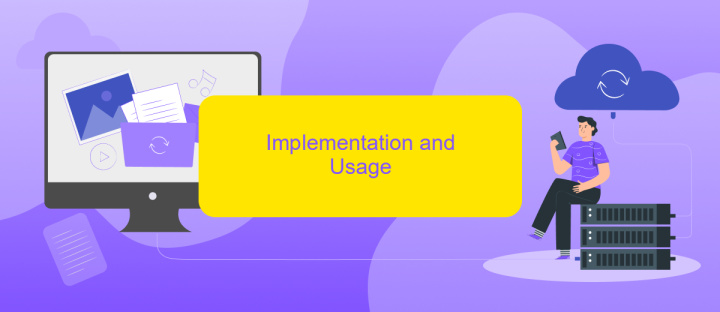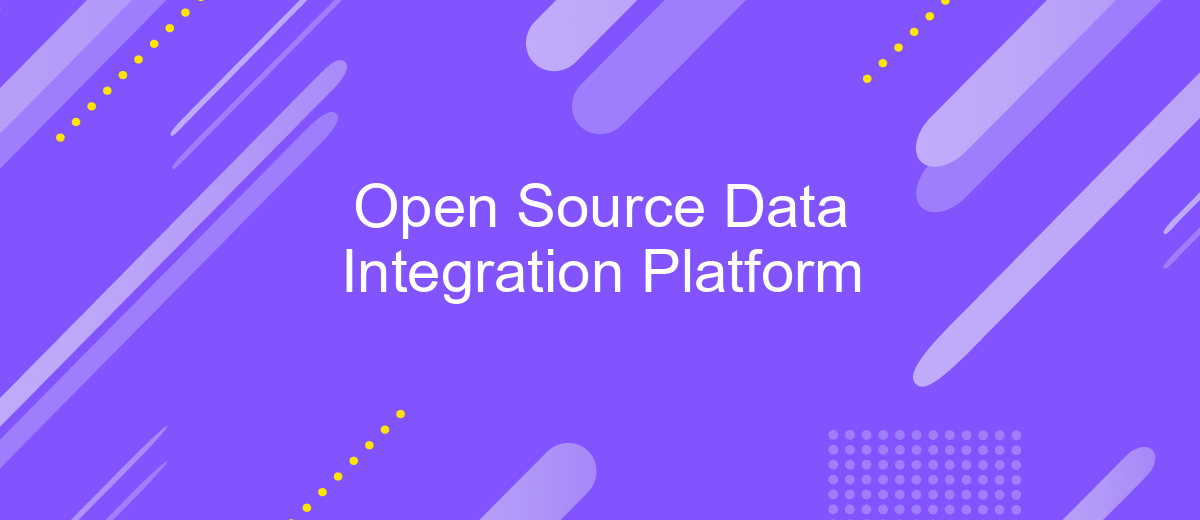Open Source Data Integration Platform
Open source data integration platforms have revolutionized the way organizations handle and process data. These platforms offer robust, scalable, and cost-effective solutions for integrating disparate data sources, enabling seamless data flow and real-time analytics. By leveraging community-driven innovation, they provide unparalleled flexibility and customization, making them an ideal choice for businesses seeking to optimize their data management strategies.
Introduction
Open Source Data Integration Platforms have revolutionized the way businesses handle data. By providing flexible, customizable solutions, these platforms enable organizations to seamlessly integrate data from various sources, ensuring consistency and accuracy. This not only improves decision-making but also enhances operational efficiency.
- Cost-effectiveness: Open source platforms are generally free to use, reducing overall expenses.
- Customization: Users can tailor the platform to meet specific business needs.
- Community Support: A robust community of developers and users offers continuous improvements and support.
- Interoperability: These platforms can easily integrate with existing systems and tools.
For instance, ApiX-Drive is a service that simplifies data integration by connecting various applications and automating workflows. It supports a wide range of integrations, making it easier for businesses to manage their data without extensive technical expertise. By leveraging such tools, organizations can focus more on their core activities while ensuring their data is efficiently managed and utilized.
Features and Benefits

Open Source Data Integration Platforms offer a range of features designed to streamline and simplify the process of connecting different data sources. These platforms provide robust tools for data transformation, allowing users to clean, normalize, and enrich data before it is loaded into the desired destination. With a focus on flexibility, they support a wide variety of data formats and protocols, ensuring compatibility with numerous systems and applications. Additionally, many platforms include built-in monitoring and logging features, which help users track data flows and identify any issues in real-time.
One of the significant benefits of using an open-source data integration platform is the cost-effectiveness, as it eliminates the need for expensive proprietary software. Furthermore, the open-source nature allows for extensive customization according to specific business needs. Platforms like ApiX-Drive enhance these capabilities by offering automated integration services that require minimal technical expertise, enabling even non-technical users to set up and manage integrations effortlessly. This democratization of data integration not only saves time but also empowers organizations to make data-driven decisions more efficiently.
Implementation and Usage

Implementing an Open Source Data Integration Platform involves several key steps to ensure seamless data flow and integration. First, choose an appropriate platform that supports your data sources and integration needs. Open source options like Talend, Apache Nifi, or Airbyte are popular choices due to their flexibility and extensive community support.
- Download and install the chosen platform on your server or cloud environment.
- Configure the platform to connect with your data sources, such as databases, APIs, or file systems.
- Create integration workflows that define how data moves between sources and targets.
- Test the workflows to ensure data is accurately transferred and transformed.
- Monitor and maintain the platform to ensure continuous integration and address any issues.
For those looking to simplify the integration process, services like ApiX-Drive can be invaluable. ApiX-Drive offers a user-friendly interface to connect various applications and automate data workflows without extensive coding. This service can save time and resources, making it easier to manage complex integrations effectively.
Case Studies and Success Stories

Open Source Data Integration Platforms have transformed the way organizations handle data by providing flexible and cost-effective solutions. Numerous companies have successfully implemented these platforms to streamline their data processes and achieve significant outcomes.
One notable example is a mid-sized retail company that leveraged an open-source data integration platform to unify their sales, inventory, and customer data from various sources. This integration allowed them to gain real-time insights and improve their decision-making process.
- A healthcare provider used the platform to integrate patient records, improving the accuracy and accessibility of medical data.
- An e-commerce business utilized the platform to synchronize data between their website, CRM, and marketing tools, enhancing customer engagement and sales.
- A financial institution adopted the platform to consolidate transactional data, ensuring compliance and reducing operational risks.
Services like ApiX-Drive have further simplified the integration process by offering ready-made connectors and automation tools, enabling businesses to quickly set up and manage their data workflows. These success stories highlight the versatility and effectiveness of open-source data integration platforms in various industries.


Conclusion
In conclusion, the adoption of an open source data integration platform offers numerous benefits for organizations seeking to streamline their data management processes. These platforms provide flexibility, cost-efficiency, and the ability to customize solutions to meet specific business needs. By leveraging the collaborative nature of open source communities, companies can access a wealth of shared knowledge and resources, leading to more innovative and robust data integration solutions.
Furthermore, utilizing services like ApiX-Drive can significantly enhance the integration process. ApiX-Drive simplifies the connection between various applications and services, allowing for seamless data flow and synchronization. This not only reduces the complexity of managing multiple data sources but also ensures that data is consistently up-to-date and accurate. As a result, businesses can make more informed decisions and improve overall operational efficiency. Embracing open source data integration platforms, along with tools like ApiX-Drive, positions organizations to better adapt to the ever-evolving data landscape.
FAQ
What is an Open Source Data Integration Platform?
What are the benefits of using an Open Source Data Integration Platform?
How can I automate data integration tasks using these platforms?
What skills are needed to use an Open Source Data Integration Platform effectively?
Can I integrate cloud-based applications with an Open Source Data Integration Platform?
Apix-Drive will help optimize business processes, save you from a lot of routine tasks and unnecessary costs for automation, attracting additional specialists. Try setting up a free test connection with ApiX-Drive and see for yourself. Now you have to think about where to invest the freed time and money!

